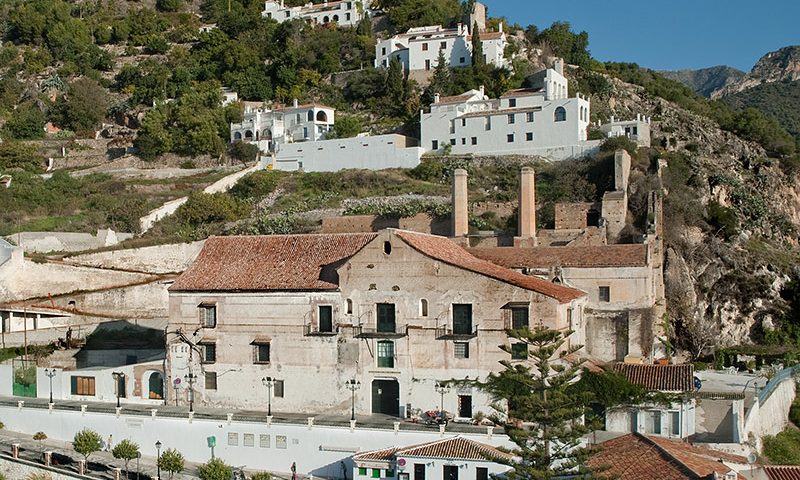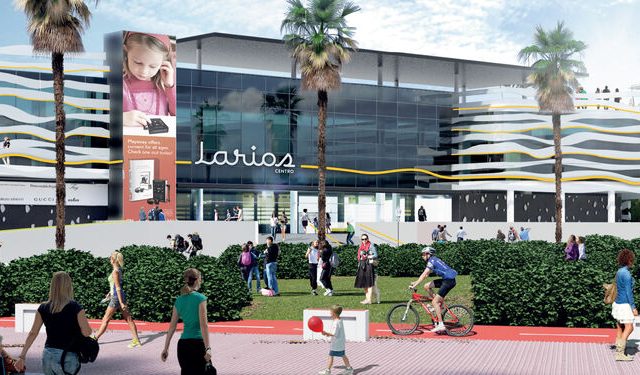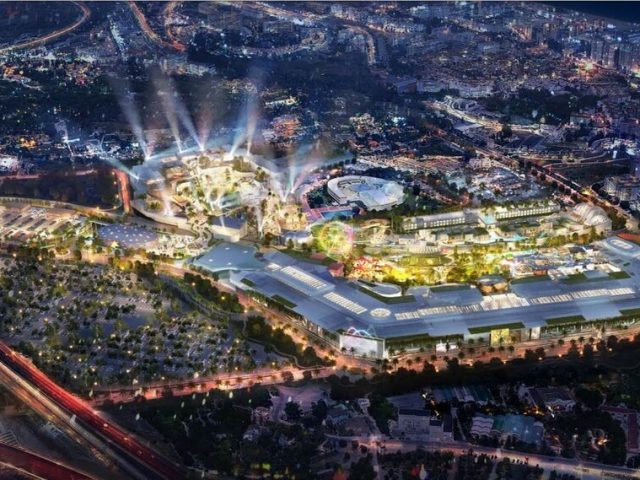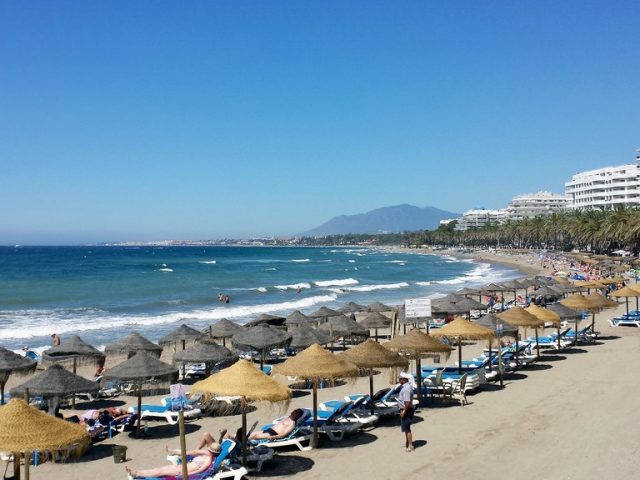- Have any questions?
- +34 951 273 575
- info@allaboutandalucia.com
Molasses of fun: Nerja and Frigiliana

Tolkien-shire: The best of the Axarquia
August 10, 2016
A sunrise Comares hike
August 10, 2016IT could be called one of the sweetest spots in Spain.
Quite literally that is, thanks to its sugar cane factory.
But Frigiliana, which sits on the edge of the Parque Natural Sierras de Tejeda, Almijara y Alhama, has also won prizes for being the prettiest village in Spain thanks to its immaculately kept, flower bedecked cobbled streets.
The miel de cana factory in question – El Ingenio – is set in the magnificent 16th century mansion Nuestra Senora del Carmen in the heart of the town.
The only one still functioning in Spain, it chugs out deliciously sticky molasses – treacle – on an hourly basis.
The building, which unfortunately is not open for public visits, is one of four traditional water mills in the town, the other three are now private houses. The mansion was built in renaissance style for the lords of Frigiliana, the Manrique de Lara family, and was used as a sugar mill before becoming a factory.
Frigiliana, with its mosaic cobbled-streets and whitewashed houses, probably rues its proximity to the coast and the resultant daily droves of tourists.
Built on the side of a mountain, its streets are remarkably steep in parts, but it is a lovely place to explore, no least with its spectacular backdrop of soaring mountains and forest.
Small shops, bars and restaurants can be found hidden away down an alleyway or through an arch. While traces of the old Moorish castle remain above the hilltop where spectacular coastal views are also found.
Nearby, take a light lunch at the Garden Restaurant at the top of the town, which overlooks the factory and offers the best views around.
Despite its hilly location, the village won the Premio Reina Sofia 2013 award for universal accessibility because of its wheelchair friendly ramps and rails.
Just 6km from this gem of a pueblo – and a delightful walk if you’re up to it – lies the quirky coastal town of Nerja.
This charming resort – the Costa del Sol’s prettiest (although Marbella and Estepona might argue) – has fought off high-rise development and remains one of Spain’s most upmarket tourist resorts.
It has a distinctly laid back feel about it and is far more scenic in terms of its coastline than any of its western rivals.
Flanked by the dramatic Sierra Almijara, Nerja has retained an authentic air in its narrow winding old town streets, rocky coves, powdery sands and glistening waters.
Nowadays it is a tourist hub but not that long ago Nerja was a dirt-poor fishing village. It was still well off the map in the late 1950s when tourism started taking off west of Malaga in spots such as Torremolinos and Marbella.
But then came a stroke of luck. Five boys on a bat-hunting trip stumbled upon the opening to a cave on a hillside above the tiny fishing village of Maro, a few miles east of Nerja. Vast caverns were revealed, with spectacular rock formations of evidence of Paleolithic man.
General Franco himself came to view ‘Cueva de Nerja’ and coach-loads of visitors followed suit. During the 1970s the boom really began with increasing numbers of Europeans coming on holiday.
But it took television to really awaken the rest of Spain to this burgeoning resort.
Wherever you go in Nerja, a certain name keeps recurring. There are Verano Azul (Blue Summer) apartments, a Verano Azul travel agency and bus company, a Verano Azul park. You may even find a bar serving a Verano Azul cocktail.
It’s all part of the indelible mark left by the vintage 1980s TV show on the local economy and Nerja’s reputation.
There is a fishing boat from the show – which revolved around a group of teenagers summering in Nerja – in the town centre.
But it is not just the caves and television fame that separate Nerja from the rest of the Costa’s tourist towns.
It has one of the best selection of restaurants on the Costa del Sol. Quality is high and at least half a dozen restaurants – including Sollun, Carabeo and the newcomer Fusion – are vying to be the best.
The main plaza and surrounding streets – centred on the large palm-lined promenade of the Balcon de Europa – are alive with activity, but it doesn’t take long to lose the crowds.
There are many miradors with benches perfect for a lunch-stop. At one, a woman tried desperately to make me buy a sprig of lavender for five cents. “I’m sorry, but lavender just won’t go with the jamon in my sandwiches.” There were also massages and designer watches being flogged to tourists – and this is just in March.
The real joy is found in the small coves just below the town, or nearby in Maro that you share only with a crazy German who keeps chasing seagulls and a young Spanish family.
When you sit against a rock, feet dangling, fresh from a ‘swim’ in the late afternoon sun, the cove can seem so peaceful you lose track of time.
Nerja’s beaches are cut off from the town, they are not backed by a road but by a cliff-face. You can sit on the sand and not see any sign of civilisation; just rock-studded coastline meets blue sea in both directions.
This is the very best of Nerja and thank heavens there is one town left that gives a clue as to what the Costa del Sol must have once been like.





1 Comment
I suppose one could thank (bad) Franco for opening up Spain regarding tourism as he needed dollars badly. One could purchase property at that time but needed to change sterling or other currency into dollars for the purchase.